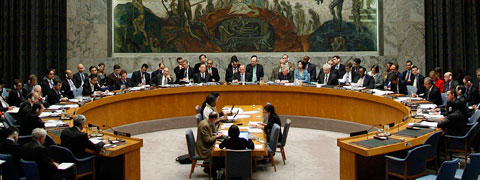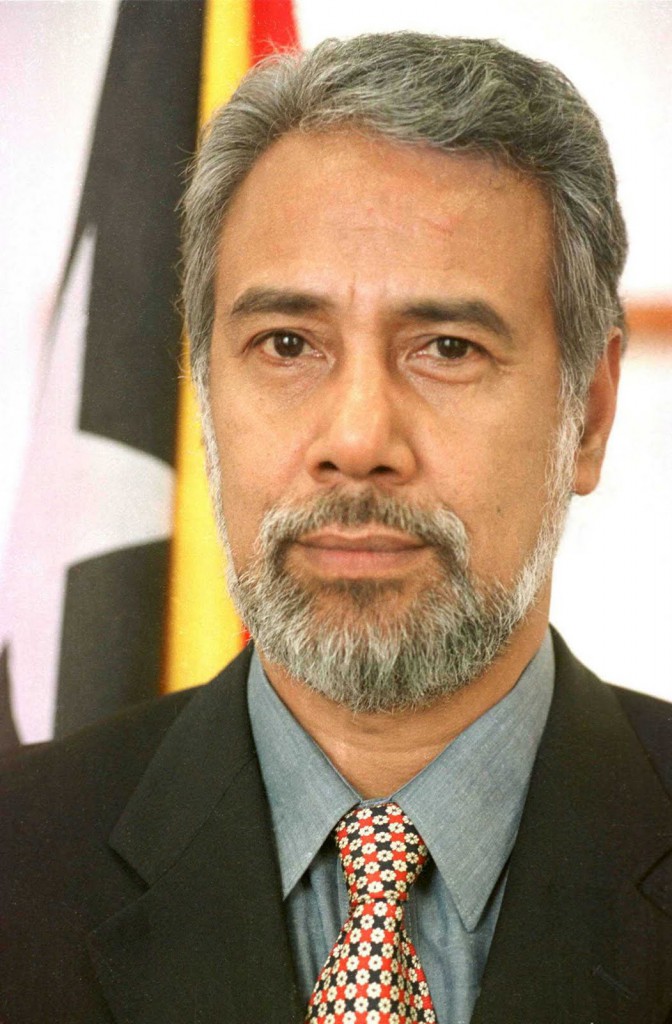|
|
||||||||||||||||||||||||||
|
||||||||||||||||||||||||||
|
Privacy Policy | Editorial Policy | Profit Policy | Join the Association | List of Members | Contact us | Index | Links |
||||||||||||||||||||||||||
|
Back Go to page: 1 2 3 4 5 6 7 8 9 10 11 12 13 14 15 16 17 18 19 20 Forward
|
||||||||||||||||||||||||||
|
East Timor-September 1975 Hijack of Caribou A4-140
Article by Sqn Ldr. (Ret’d.) Gordon Browne A.M, (Right) and Cpl Bill Crouch.
|
||||||||||||||||||||||||||
|
Introduction.
With the expiration of the Australian Government restrictions on the release of detailed information related to the hijack of Caribou A4-140 that occurred in East Timor in September 1975, I was asked to write an article on the topic.
I had to cast my mind back some 40 years to that week when we made a small contribution to RAAF history. I have relied on our personal recollections and referred to flight logbook entries, NT News and RAAF News newspaper clippings published after the event.
I was unable to contact the other crew members (no address could be found for Kim French and Bill Crouch sadly passed away on 15 Feb 2012). Bill however had left some notes which I was able to use to add to the article and verify my memory of the events.
I have recently reviewed several excellent books (Ref A thru C) to try and gain further insight into the history and political situation in the small Portuguese colony of East Timor. In these references the short period of intense fighting between Fret ilin and UDT forces is only mentioned in passing with most information relating to the Indonesian occupation after December 1975.
My article is limited in scope in an attempt to describe the situation
and events that the crew of A4-140 encountered. It does not attempt to
discuss the geo-political situation that evolved after March 1975 with
Australian secret
As a link to relevant and current East Timor, I have included in Annex A several paragraphs on the UN involvement in East Timor (Ref E) and the establishment of the UN Peacekeeping force in September 1999 under the leadership of Australian Army General Cosgrove that include involvement of both Australian Army and Air Force personnel and both strategic and tactical transport aircraft.
Geography.
East Timor is located on the eastern portion of the island of Timor with West Timor under the control of Indonesia. The island is crocodile shaped, orientated ENE-WSW and located some 700 km (390 nm) north west of Darwin. It has a heavily forested central mountain spine with savannah grassland and low trees nearer the coast. The hills run to the coast on the northern coast and the coastal road hugging the coast was the only major access east from Dili to Baucau.
Modern History.
The Indonesian island making up the present Indonesian Archipelago were colonised by the Europeans in the 16th and 17th century as part of the imperialist and missionary quest and importantly to procure the valuable spice trade that had started in Europe. Timor and the neighbouring islands was the scene of European rivalries between the Portuguese, Dutch, English and Spanish with each fighting to gain dominance.
By 1700, the Dutch had succeeded in driving its rivals out of the islands on the eastern end of the archipelago with the exception of the Portuguese who retained the island of Timor. In 1769, the Dutch retained Kupang as its regional capital in West Timor and forced the Portuguese to move further east to Dili, which then became the Portuguese capital for East Timor.
Chronology of Recent History.
A brief summary of the sequence of events presented in this paragraph (see Ref A) is provided to allow the reader to understand the situation and the various groups involved in the lead-up to the hijack situation.
|
||||||||||||||||||||||||||
|
||||||||||||||||||||||||||
|
Political Factions in East Timor.
UDT was more representative of property and plantation owners and middle class interests that wanted independence but with a continuing close relationship with Portugal. Fretilin on the other hand was a broad based nationalist front that wanted independence and full autonomy. The APODETI wanted integration into Indonesia and was supported by Indonesian leaders but had minimal following in the East Timorese population.
Events leading up to Indonesian Occupation in Dec 1975.
The significant events (see Ref A) that led up to the invasion of East Timor by Indonesia on 7th December 1975 are summarised below:
|
||||||||||||||||||||||||||
|
||||||||||||||||||||||||||
|
|
||||||||||||||||||||||||||
|
|
||||||||||||||||||||||||||
|
|
||||||||||||||||||||||||||
|
||||||||||||||||||||||||||
|
|
||||||||||||||||||||||||||
|
Operational Events Surrounding the 1975 Hijack.
The following section is a chronology of the operational events; together with relevant comments; as experienced by the crew involved in the hijacking of A4-140 on 4 September 1975.
Setting the Scene.
Routine intelligence briefing had been conducted at 38 Sqn crew room each week to bring crews up to date on the political and military situation in our geographic area that could affect our operations in Indonesia, West Irian, the Pacific Islands and general surrounding areas.
(Authors Comment - Reading of Reference D indicates there was considerable Australian government interaction with Jakarta that was not widely known to the general public that tends to go some way to explaining the Australian Government’s reluctance in providing authorisation for an evacuation on 4 September that subsequently resulted in the hijack.)
Timor’s geography and political situation involving the Portuguese and East Timorese had been included in the general briefing, however I don’t recall either the potential military situation unfolding being mentioned (as a crew we were not fully prepared for the events of the next two weeks), nor the humanitarian and evacuation tasking being carried out by C130 and C-47 operations staging from Darwin between August 19th and September 3rd as described in NT and RAAF News newspaper articles. The NT News carried an extensive story of the hijack on September 5th but there were some inaccuracies in the details. Very little more about this event has been published; including in the Reference documents.
Primary Assets/People.
|
||||||||||||||||||||||||||
|
||||||||||||||||||||||||||
|
||||||||||||||||||||||||||
|
Chronology of Operational Events.
|
||||||||||||||||||||||||||
|
||||||||||||||||||||||||||
|
|
||||||||||||||||||||||||||
|
Caribou A4-140 on the tarmac at Dili airfield.
|
||||||||||||||||||||||||||
|
||||||||||||||||||||||||||
|
|
||||||||||||||||||||||||||
|
Dili Airport.
|
||||||||||||||||||||||||||
|
||||||||||||||||||||||||||
|
||||||||||||||||||||||||||
|
|
||||||||||||||||||||||||||
|
Annex A- UN Involvement in East Timor.
UN Participation (UNAMET-INTERFET)
The following review was summarised from Ref E.
The involvement of the UN started in 1960 when the United Nations General Assembly placed East Timor on the international agenda. It added the territory to the international list of Non-Self-Governing Territories. At that time, East Timor was administered by Portugal. Fourteen years later, in 1974, Portugal sought to establish a provisional government and a popular assembly that would determine the status of East Timor.
Civil war broke out in 1975 between those who favoured independence (Fretilin) and those who advocated integration with Indonesia (UDT). Unable to control the situation, Portugal withdrew initially to Atauro Island. Indonesia intervened militarily and integrated East Timor as its 27th province in 1976. The United Nations never recognized this integration, and both the Security Council and the General Assembly called for Indonesia's withdrawal.
Beginning in 1982, at the request of the General Assembly, successive Secretaries-General held regular talks with Indonesia and Portugal aimed at resolving the status of the territory. In June 1998, Indonesia proposed a limited autonomy for East Timor within Indonesia. In light of this proposal, the talks made rapid progress and resulted in a set of agreements between Indonesia and Portugal, signed in New York on 5 May 1999. The two Governments entrusted the Secretary-General with organizing and conducting a "popular consultation" in order to ascertain whether the East Timorese people accepted or rejected a special autonomy for East Timor within the unitary Republic of Indonesia.
|
||||||||||||||||||||||||||
|
|
||||||||||||||||||||||||||
|
To carry out the consultation, the Security Council authorized the establishment of the United Nations Mission in East Timor (UNAMET) on 11 June 1999. The 5 May agreements stipulated that, after the vote, UNAMET would oversee a transition period pending implementation of the decision of the East Timorese people. On 30 August 1999, some 98 per cent of registered East Timorese voters went to the polls deciding by a margin of 21.5 per cent to 78.5 per cent to reject the proposed autonomy and begin a process of transition towards independence.
Following the announcement of the result, pro-integration militias, at times with the support of elements of the Indonesian security forces, launched a campaign of violence, looting and arson throughout the entire territory. The Secretary-General and the Security Council undertook strenuous diplomatic efforts to halt the violence, pressing Indonesia to meet its responsibility to maintain security and order in the territory. On 12 September 1999, the Government of Indonesia agreed to accept the offer of assistance from the international community. The Security Council then authorized the multinational force (INTERFET) under a unified command structure headed by a Member State (Australia) to restore peace and security in East Timor, to protect and support UNAMET in carrying out its tasks and, within force capabilities, to facilitate humanitarian assistance operations.
Following the outbreak of violence, the Indonesian Armed Forces and police began a drawdown from the territory, eventually leaving completely. Indonesian administrative officials also left. On 28 September, Indonesia and Portugal, at a meeting with the United Nations, reiterated their agreement for the transfer of authority in East Timor to the United Nations. They also agreed that ad hoc measures were required to fill the gap created by the early departure of the Indonesian civil authorities.
UNTAET and Transition to Independence.
On 19 October 1999, the Indonesian People's Consultative Assembly formally recognized the result of the consultation. Shortly thereafter, on 25 October, the United Nations Security Council established the United Nations Transitional Administration in East Timor (UNTAET) as an integrated, multi-dimensional peacekeeping operation fully responsible for the administration of East Timor during its transition to independence. UNTAET was tasked to provide security and maintain law and order throughout the territory of East Timor; to establish an effective administration; to assist in the development of civil and social services; to ensure the coordination and delivery of humanitarian assistance, rehabilitation of humanitarian assistance, rehabilitation and development assistance; to support capacity-building for self-government; and to assist in the establishment of conditions for sustainable development.
In February 2000, marking the complete deployment of UNTAET, command of military operations was transferred from INTERFET to the United Nations Peacekeeping Force. UNTAET also began a process of reorganizing itself to resemble more closely the future government of East Timor and to increase the direct participation of the East Timorese. On 30 August 2001, two years after the Popular Consultation, more than 91 per cent of East Timor's eligible voters went to the polls again; this time to elect an 88-member Constituent Assembly tasked with writing and adopting a new Constitution and establishing the framework for future elections and a transition to full independence. Shortly thereafter, 24 members of the new all-East Timorese Council of Ministers of the Second Transitional Government were sworn into office. The new Council replaced the Transitional Cabinet created in 2000. The Constituent Assembly and a new East Timorese Government were to govern East Timor during the remaining transitional period before its independence as a democratic and sovereign State. East Timor's Constituent Assembly signed into force the Territory's first Constitution on 22 March 2002 and following presidential elections on 14 April, Mr. Xanana Gusmăo was appointed president-elect of East Timor. With both these preconditions for a hand-over of power met the Constituent Assembly was to transform itself into the country's parliament on 20 May 2002.
References
|
||||||||||||||||||||||||||
|
|
||||||||||||||||||||||||||
|
|
||||||||||||||||||||||||||
|
|
||||||||||||||||||||||||||
|
|
||||||||||||||||||||||||||
|
|
||||||||||||||||||||||||||
|
|
||||||||||||||||||||||||||
|
|
||||||||||||||||||||||||||
|
|
||||||||||||||||||||||||||

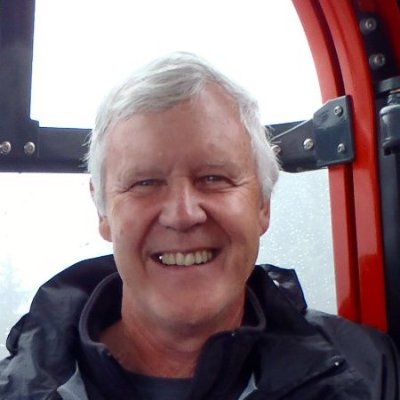
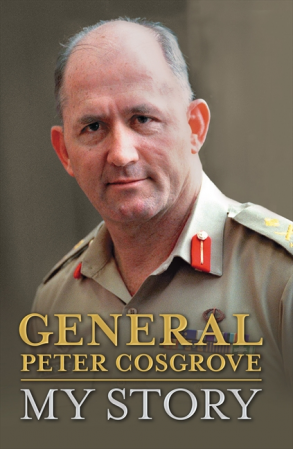 discussions with Indonesia. Indonesian had expressed a deep concern that
the Fretilin were communists and this factor possibly lead to the
Australian Government’s indecision regarding the proposed future path of
East Timor following the handover by the Portuguese for either
incorporation into Indonesia or independence. More information regards
this can be found in Ref D, Chapter 6-Australian Policy: Indonesia’s
Incorporation of East Timor. My article also does not venture into the
situation that resulted in the ongoing occupation of East Timor by
Indonesia that started in on October 1975 that continued for the next 27
years until the independence of East Timor (now known as Timor Leste) on
20 May 2002.
discussions with Indonesia. Indonesian had expressed a deep concern that
the Fretilin were communists and this factor possibly lead to the
Australian Government’s indecision regarding the proposed future path of
East Timor following the handover by the Portuguese for either
incorporation into Indonesia or independence. More information regards
this can be found in Ref D, Chapter 6-Australian Policy: Indonesia’s
Incorporation of East Timor. My article also does not venture into the
situation that resulted in the ongoing occupation of East Timor by
Indonesia that started in on October 1975 that continued for the next 27
years until the independence of East Timor (now known as Timor Leste) on
20 May 2002. 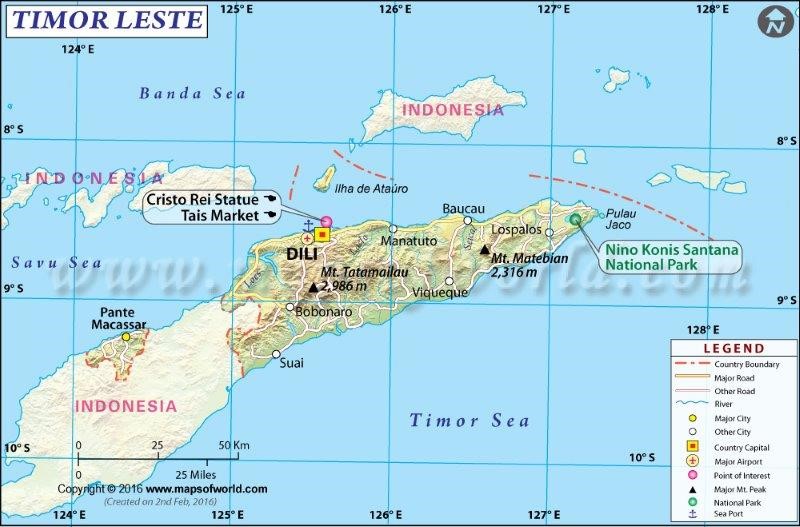
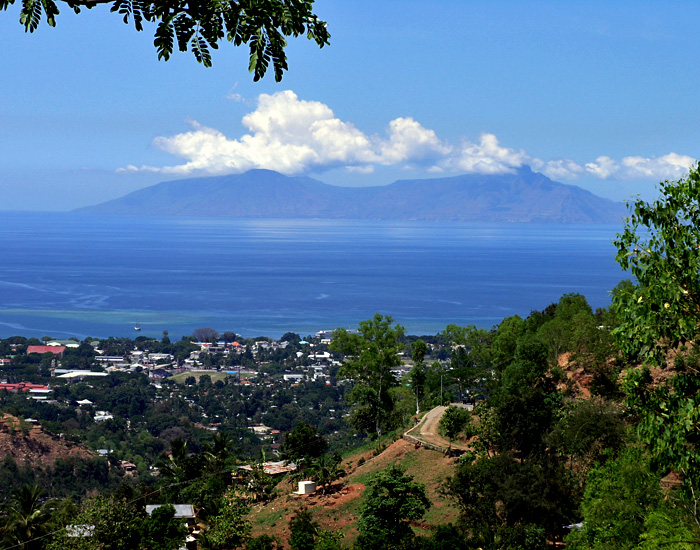

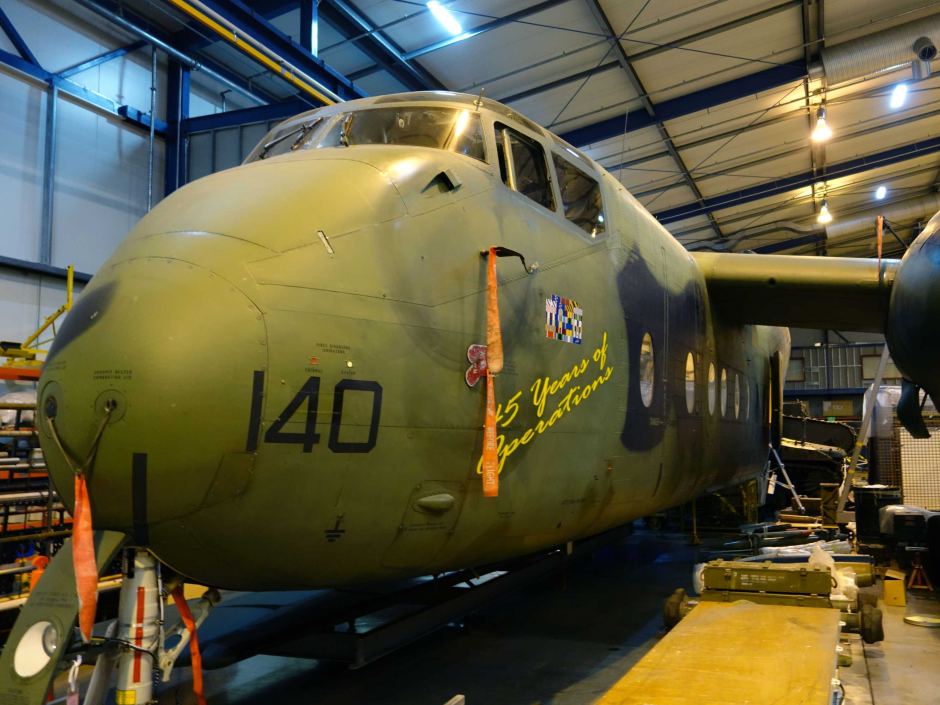
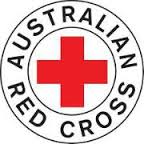 Nations was not involved at this stage. To maintain neutrality while
flying under the Red Cross flag the crew were to be unarmed.
Nations was not involved at this stage. To maintain neutrality while
flying under the Red Cross flag the crew were to be unarmed.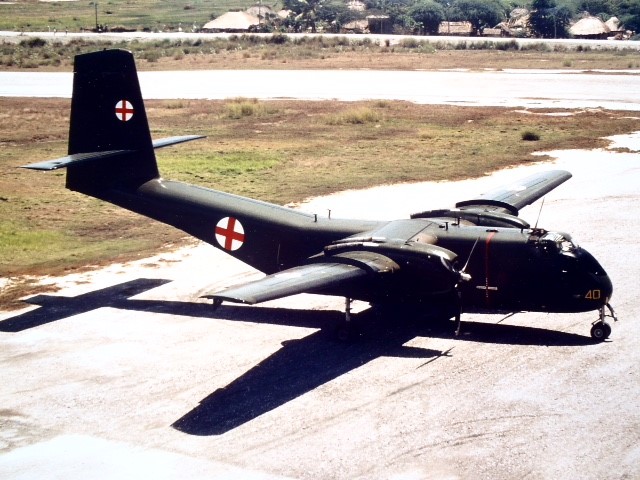
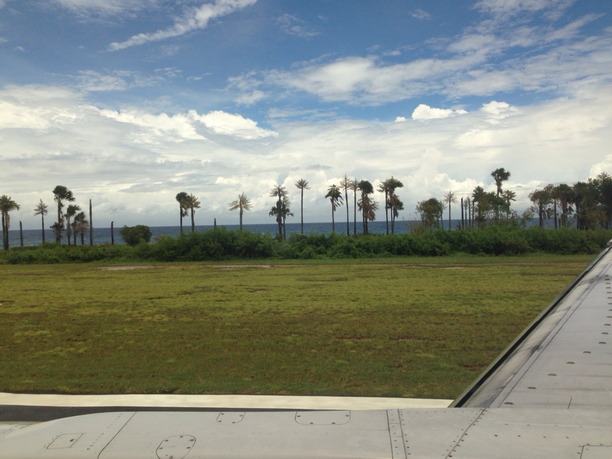
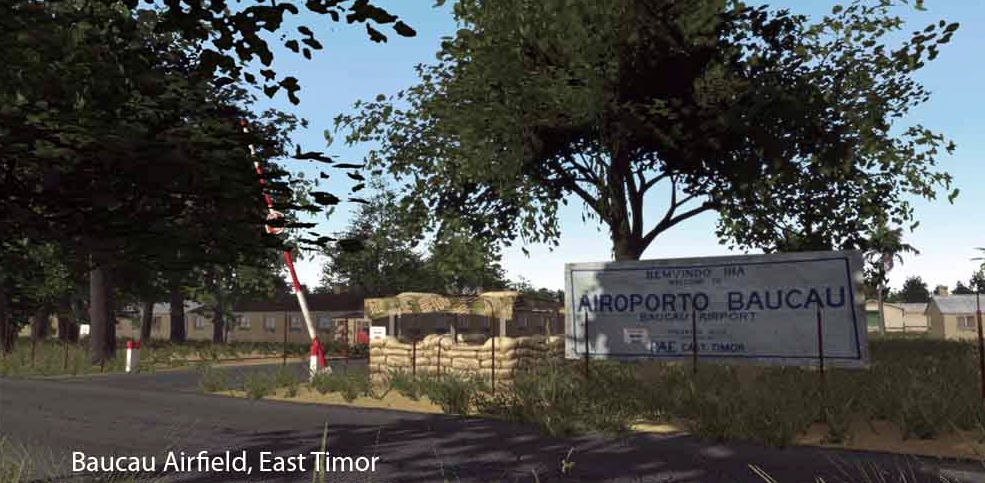
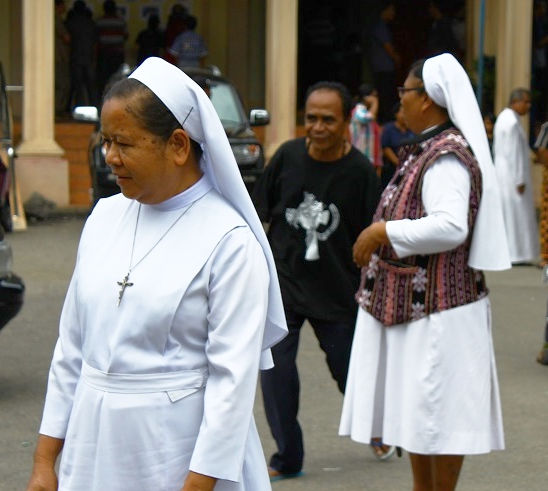
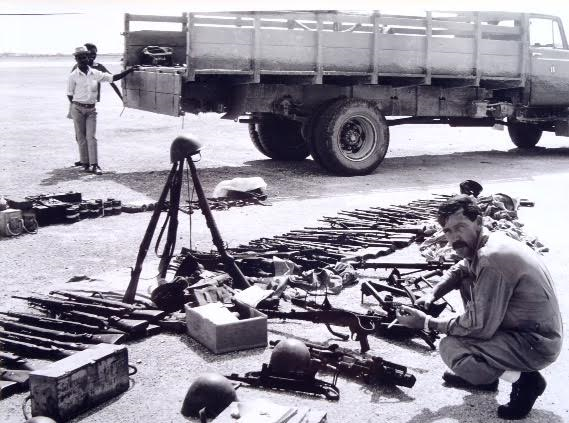
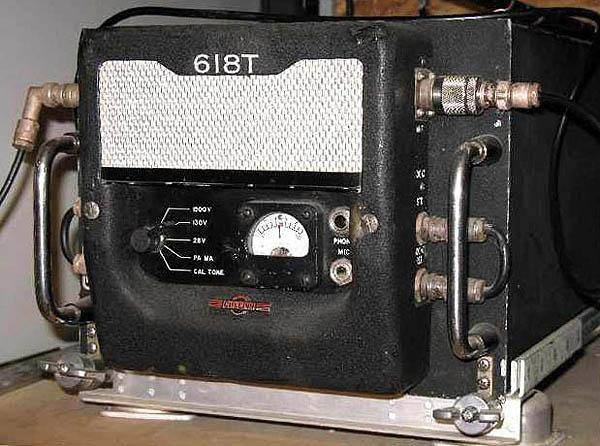
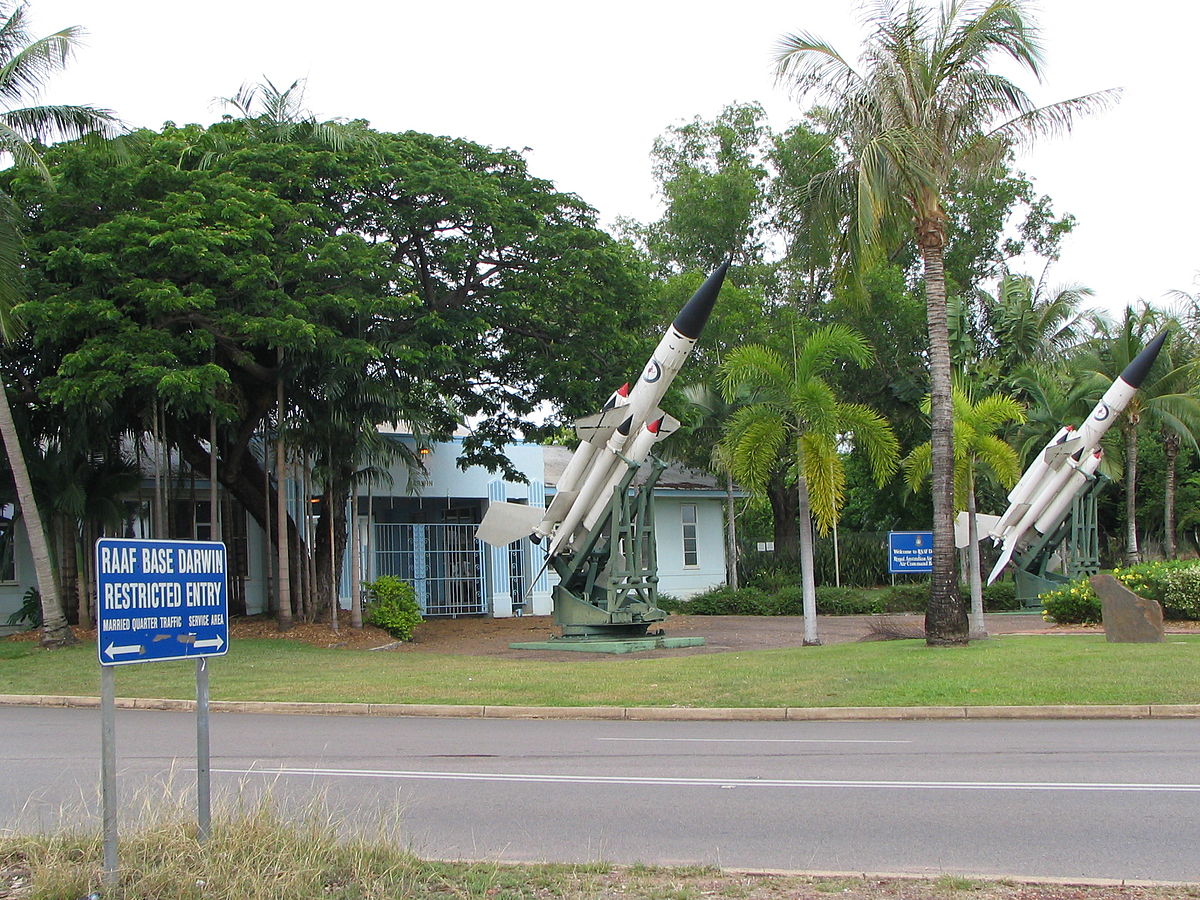
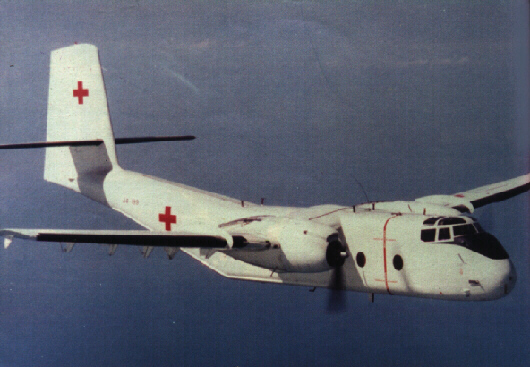 Following
our week of “excitement and drama” we were replaced by a new crew flying
A4-199. The replacement aircrafts’ distinctive white paint scheme and
Red Cross markings were presented in the newspapers as the aircraft
providing Red Cross support. The crew, or A4-140 and its green paint
scheme with off-set red cross, were never officially photographed nor
was there any further news presented apart from a small twenty word post
in the next “RAAF News”.
Following
our week of “excitement and drama” we were replaced by a new crew flying
A4-199. The replacement aircrafts’ distinctive white paint scheme and
Red Cross markings were presented in the newspapers as the aircraft
providing Red Cross support. The crew, or A4-140 and its green paint
scheme with off-set red cross, were never officially photographed nor
was there any further news presented apart from a small twenty word post
in the next “RAAF News”. 